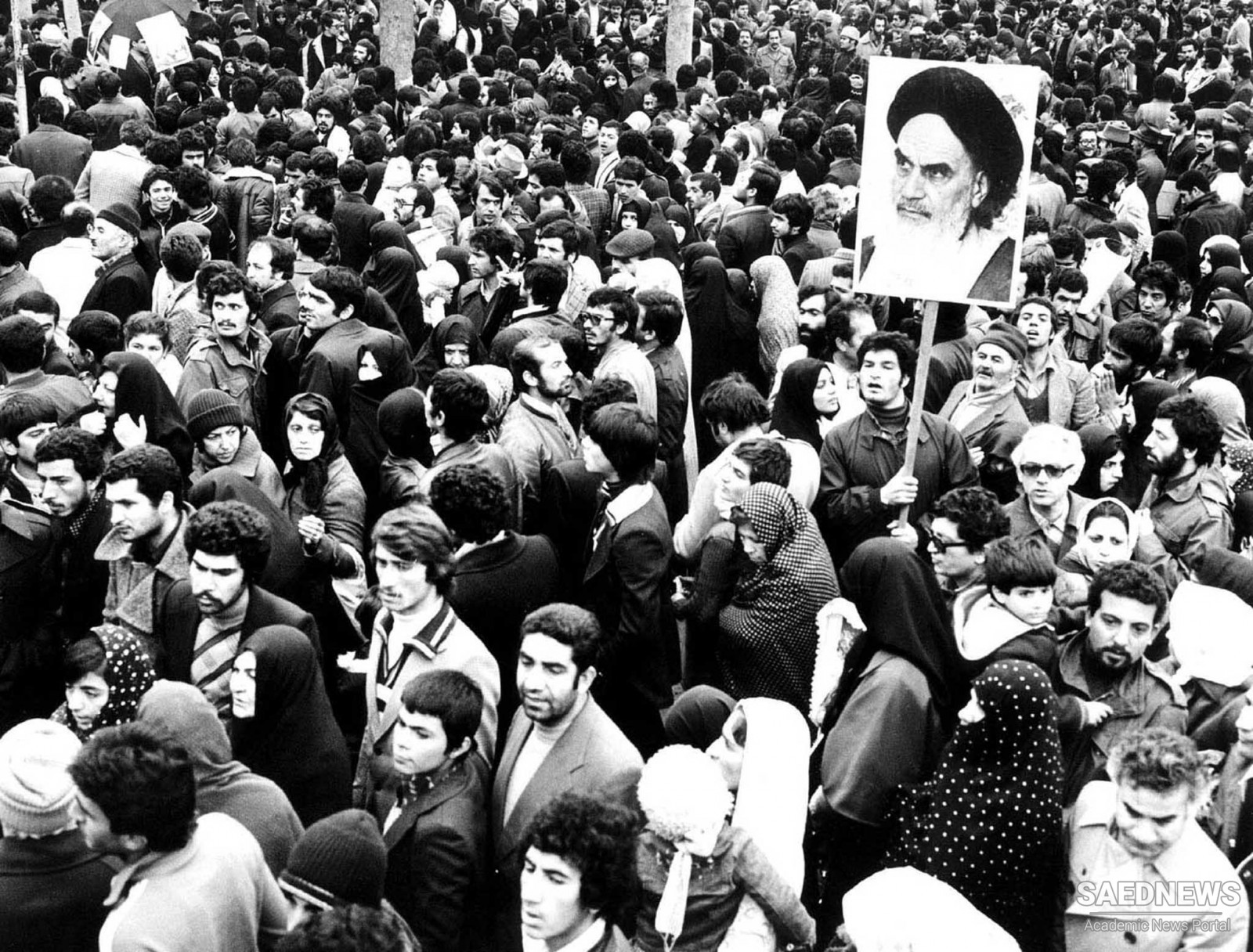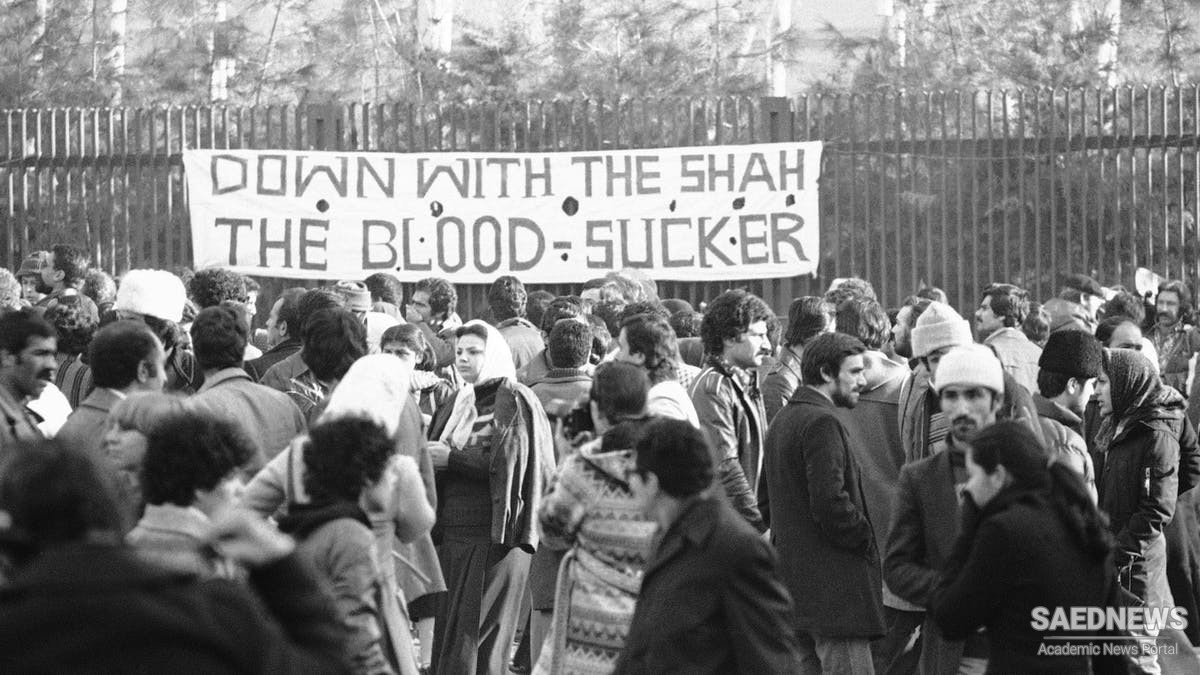The new policies of the shah did not go unopposed, however; many Shiʿi leaders criticized the White Revolution, holding that liberalization laws concerning women were against Islamic values. More important, the shah’s reforms chipped away at the traditional bases of clerical power. The development of secular courts had already reduced clerical power over law and jurisprudence, and the reforms’ emphasis on secular education further eroded the former monopoly of the ulama in that field. (Paradoxically, the White Revolution’s Literacy Corps was to be the only reform implemented by the shah to survive the Islamic revolution, because of its intense popularity.) Most pertinent to clerical independence, land reforms initiated the breakup of huge areas previously held under charitable trust (vaqf). These lands were administered by members of the ulama and formed a considerable portion of that class’s revenue (Source: Britanica).



 White Revolution of Mohammad Reza Shah: Mobilization of Revolutionary Forces
White Revolution of Mohammad Reza Shah: Mobilization of Revolutionary Forces














































